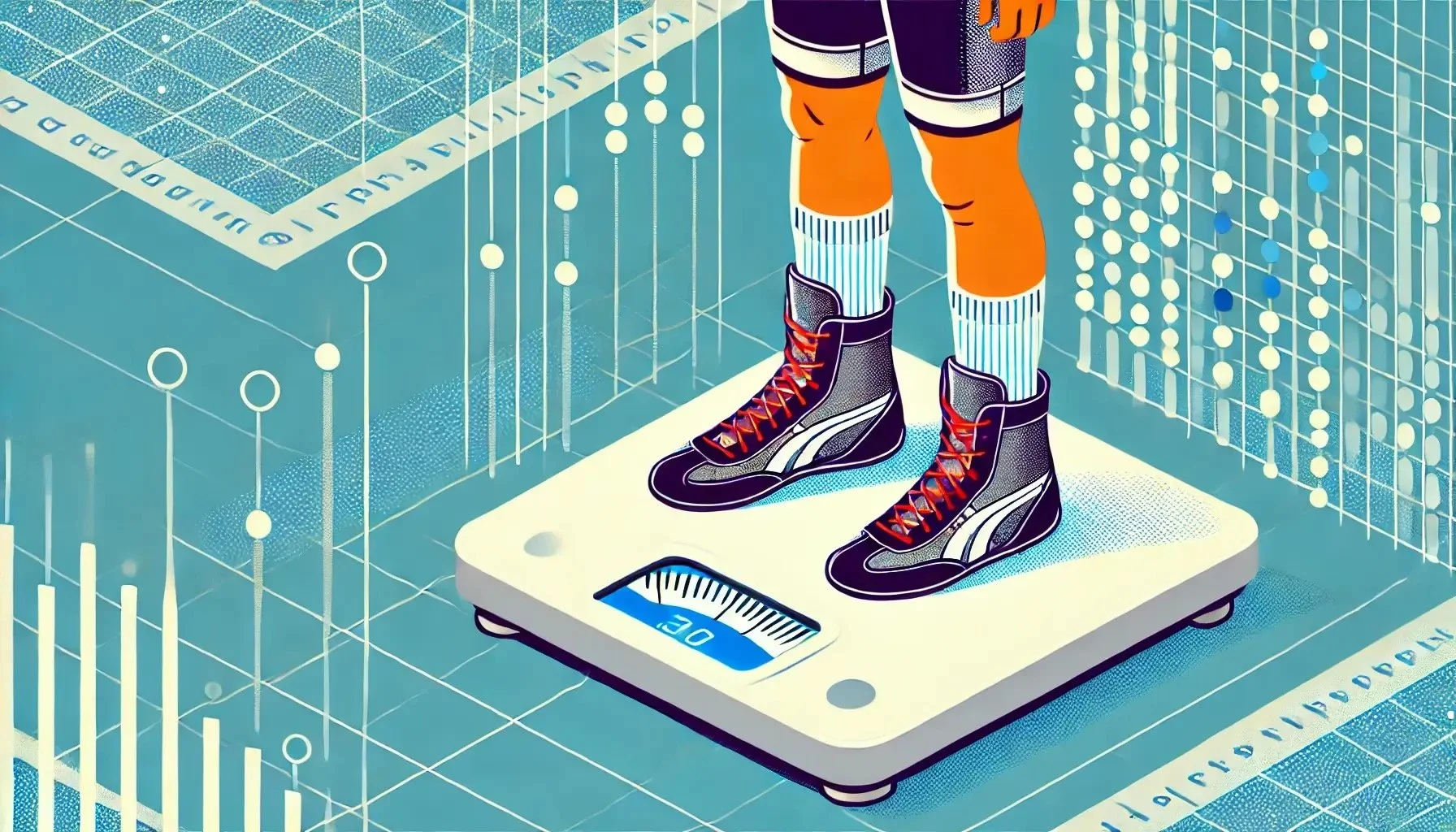Strategies to Avoid Financial Strain as a Wrestling Parent
Supporting your young athlete is an incredibly rewarding experience, but it can also be a financial challenge. When I first started wrestling, my parents didn’t want to commit to buying all the gear immediately. My first wrestling shoes were a pair of water shoes. Over the months and years, as I committed myself to the sport, I slowly got my own gear, starting with hand-me-downs and eventually receiving my first new pair of wrestling shoes. Here’s how we did it, along with some valuable lessons we learned along the way.
Lesson 1: Plan Ahead and Budget
One of the most critical strategies you can employ is careful planning and budgeting. Sit down with your athlete at the beginning of each season and map out the tournaments they want to attend. Estimate the associated costs, including entry fees, travel, lodging, and food. Create your budget and set aside funds regularly to cover the expenses.
Lesson 2: Embrace Fundraising
Fundraising was an integral part of my wrestling journey. When I wanted to attend a bigger and more distant tournament, especially international, my family worked with me to fundraise half of my trip. The best fundraising I ever did was car washes, and I still give athletes this same advice today. This experience taught me a sense of ownership and responsibility to work for what I wanted out of my wrestling experience from a young age. Encourage your athlete to get involved in the financial side. Ask them where they can do their part in the fundraising. Not only does this help offset costs, but it also teaches valuable life skills.
Lesson 3: Prioritize Essential Gear
One of the first things I learned was that not all gear needs to be top-of-the-line. It’s easy to be tempted to buy the best of everything, thinking it could give you an edge. However, you’ll quickly realize that while quality is important, it’s possible to find affordable options that don’t break the bank. Research and purchase mid-range gear that offers good quality without the hefty price tag. Look for sales, discounts, and second-hand options from reliable sources.
Lesson 4: Make Use of Hand-Me-Downs and Gear Swaps
One valuable lesson we learned early on was the benefit of hand-me-downs and gear swaps within the wrestling community. Often, older wrestlers outgrow their gear long before it wears out. By connecting with other families, you can exchange gear, which will save you a significant amount of money. This sense of community not only lightens the financial load but also fostered stronger bonds among the families.
Lesson 5: Carpooling and Shared Accommodation
Traveling for tournaments is one of the biggest expenses you’ll face. Form a carpooling group and consider sharing hotel rooms with other wrestling families. This approach can substantially reduce travel and lodging expenses. This not only splits the costs but also builds a stronger support network among parents and wrestlers.
Lesson 6: Focus on Local Competitions
Traveling for tournaments can quickly add up, not just in terms of money but also time. Start prioritizing local competitions over distant ones. This will allow you to gain experience and improve your skills without the added financial and logistical burden of long-distance travel. We found that many local tournaments offered just as much competition and opportunity for growth as the bigger, farther ones. Not only will this save on travel expenses, but it will also keep your child engaged and active within the local wrestling community.
Staying Grounded and Positive
Looking back, my wrestling career was filled with challenges, but it was also incredibly rewarding. By planning, budgeting, and leveraging community support, we were able to navigate the financial strains.
Remember, the most important thing is to stay grounded and positive. Supporting your child’s passion for wrestling doesn’t mean you have to sacrifice your financial stability. With careful planning and resourcefulness, you can provide them with the opportunities they need without overwhelming your finances.
Summary:
Create a Budget: Plan for the season and set aside money each month.
Share the financial burden: encourage your athlete to be a part of the fundraising.
Prioritize Needs: Focus on essential gear and look for affordable options.
Utilize Hand-Me-Downs: Participate in gear swaps and use hand-me-downs from other families.
Share Costs: Carpool and share accommodations with other wrestling families.
Attend Local Competitions: Prioritize local tournaments to save on travel expenses.














